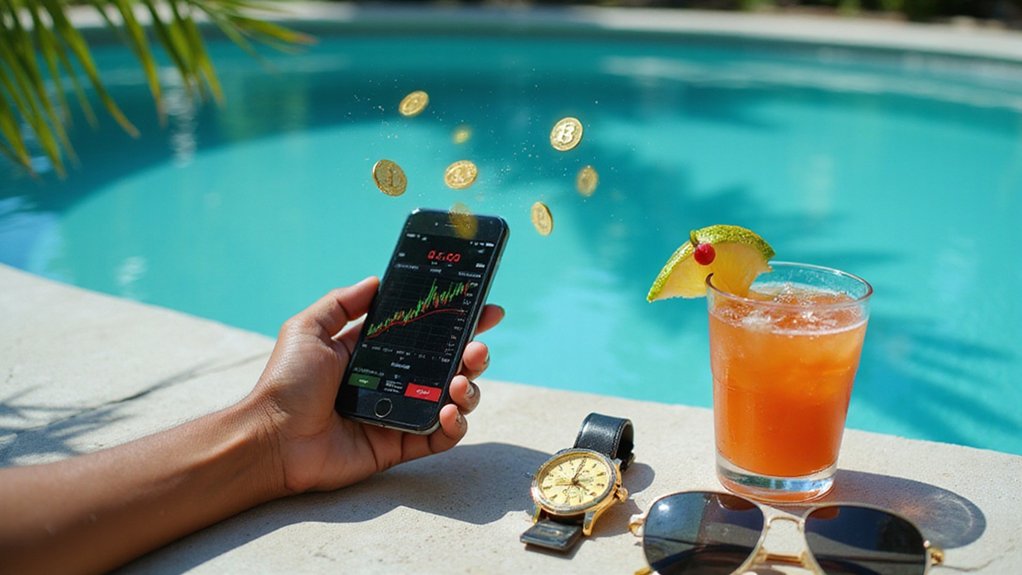While traditional financial advisors might struggle to explain why a cryptocurrency named after a juvenile internet joke deserves serious consideration, TOKEN6900 has nonetheless managed to raise over $1.1 million during its presale phase—a figure that represents roughly 22% of its ambitious $5 million funding target.
The project operates as a deliberate exercise in financial absurdity, positioning itself as “collective meme-fueled delusion” rather than promising revolutionary blockchain utility. Built on Ethereum’s ERC-20 standard, TOKEN6900 maintains a fixed supply of 930,993,091 tokens—precisely one more than competitor SPX6900, because apparently numerical superiority matters in meme warfare. This attention to competitive pettiness exemplifies the project’s embrace of what it terms “brain rot finance.”
The tokenomics reveal surprising sophistication beneath the irreverent branding. Presale participants control 80% of the total supply at $0.0067 per token, deliberately excluding venture capitalists from preferential treatment. Marketing commands a substantial 40% allocation, reflecting the project’s recognition that meme coins live or die by community engagement rather than technological innovation.
Additionally, planned token burns of up to 5% introduce deflationary mechanics that could theoretically enhance scarcity over time. The project has implemented public security audits to establish credibility and trust among potential investors.
Perhaps most intriguingly, TOKEN6900 offers staking rewards reaching 56% APY, with over 83.3 million tokens already committed by holders seeking passive income. The yield decreases as participation increases, rewarding early adopters while maintaining economic sustainability—assuming, of course, that sustainability applies to projects aspiring to enshrine “6900” as a “universal unit of value.” Like other DeFi protocols operating primarily on Ethereum, TOKEN6900 enables participants to engage in financial services without traditional institutional approval through smart contracts.
The project’s 56% staking yields reward early believers while questioning whether sustainability matters when chasing meme-driven financial absurdity.
The cultural positioning around early 2000s nostalgia and transparent self-awareness distinguishes TOKEN6900 from competitors making grandiose utility claims. By acknowledging its own absurdity while delivering tangible financial incentives through staking, the project occupies an unusual space where satire meets genuine investment opportunity.
Whether TOKEN6900 represents innovative community-driven finance or merely sophisticated parody remains unclear. What seems certain is that its combination of honest marketing, aggressive community focus, and actual yield-generating mechanisms has captured attention in ways that traditional financial instruments rarely achieve.
The market will ultimately determine whether collective delusion can indeed generate unbelievable returns.








